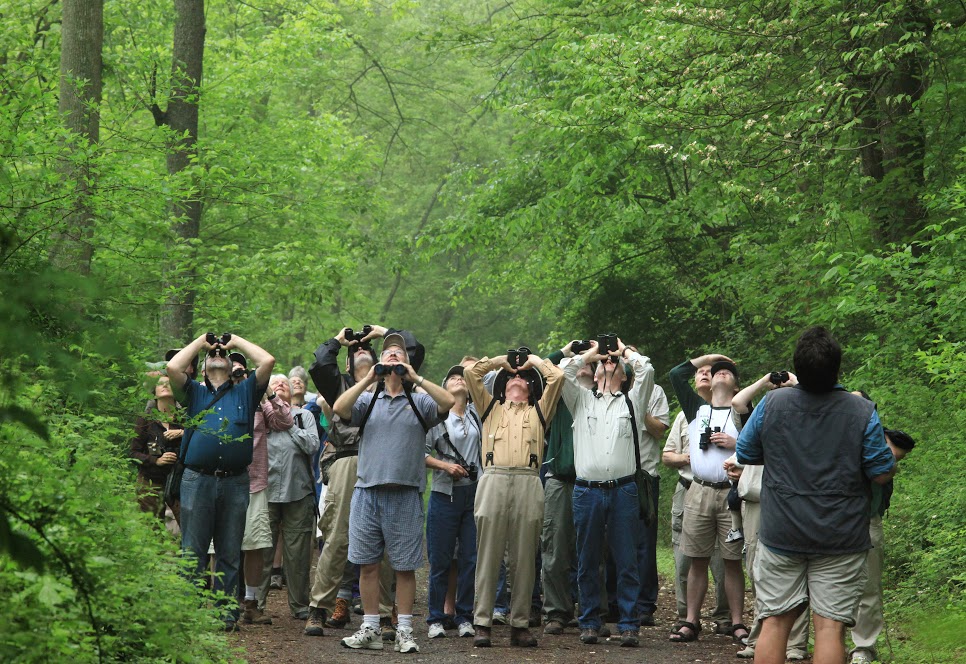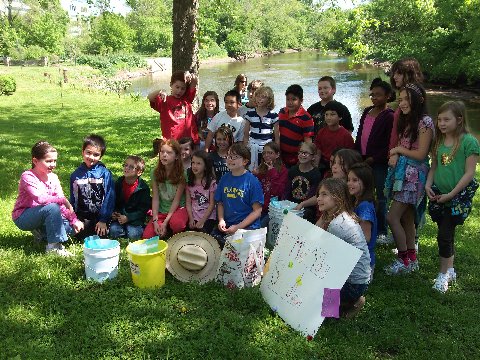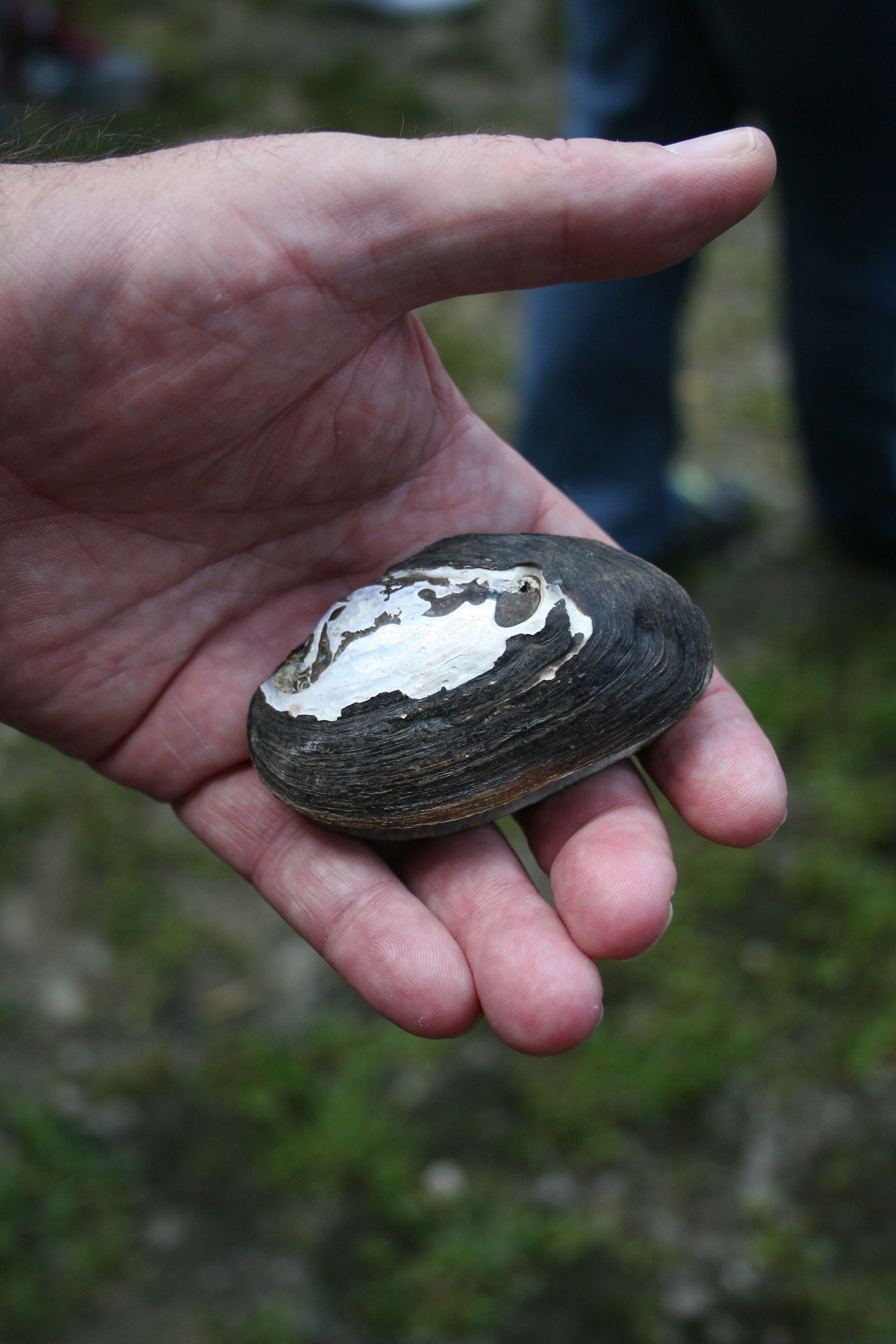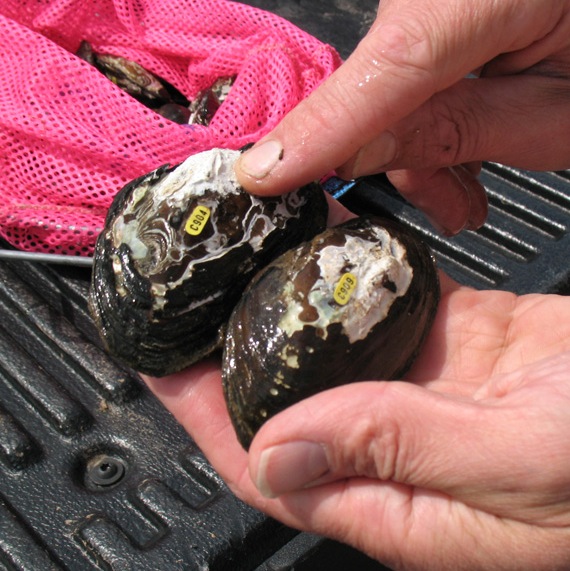 Everyone knows that money doesn't grow on trees. But did you know that trees do have value that can help you keep money in your pocket? Natural resources provide us with environmental goods, services, and opportunities that have real economic value. While there are some different opinions over putting a dollar amount on our natural resources, it can be an important educational tool for promoting conservation. Many people don’t realize that the environment is providing us with free services that we would otherwise have to pay for ourselves.
Everyone knows that money doesn't grow on trees. But did you know that trees do have value that can help you keep money in your pocket? Natural resources provide us with environmental goods, services, and opportunities that have real economic value. While there are some different opinions over putting a dollar amount on our natural resources, it can be an important educational tool for promoting conservation. Many people don’t realize that the environment is providing us with free services that we would otherwise have to pay for ourselves.
Coming up with dollar values for environmental goods and services is no easy task, and there are many different techniques that can be used. They include: surveying people to find out what they would be willing to pay to protect a natural resource (like donating money to protect the Florida Everglades); calculating the cost of replacing an environmental service if it were lost (like water filtration from a wetland if it were developed); assessing the commercial value of sporting good industries that revolve around environmental resources (like bird watching, hunting, fishing, hiking, and mountain biking); just to name a few.
The Water Resources Agency at the University of Delaware Institute for Public Administration recently released a report on the economic value of the White Clay Creek Wild and Scenic River watershed. Depending on the valuation technique administered,
“The water, natural resources, and ecosystems of the White Clay Creek watershed contribute an economic value of $165 million to $1 billion annually to the economies of Pennsylvania, Delaware, and Maryland.”
Specifically, this report looked at three different ways to measure environmental economic contributions: direct economic values, calculated ecosystem goods and service values, and jobs and wages values.
The first technique, direct environmental values, measures the economic activity associated with things like water supply, recreation, and wildlife. For example, how much money is generated through water utility bills each year, or how much money do people spend on bird and wildlife watching in the White Clay Creek? The answers might surprise you. Those two dollar values alone total more than $95 million per year in the White Clay Creek. All of the components combined (water supply and quality, fish and wildlife, recreation, agriculture, forests, and public parks) are estimated to generate $520 million annually.
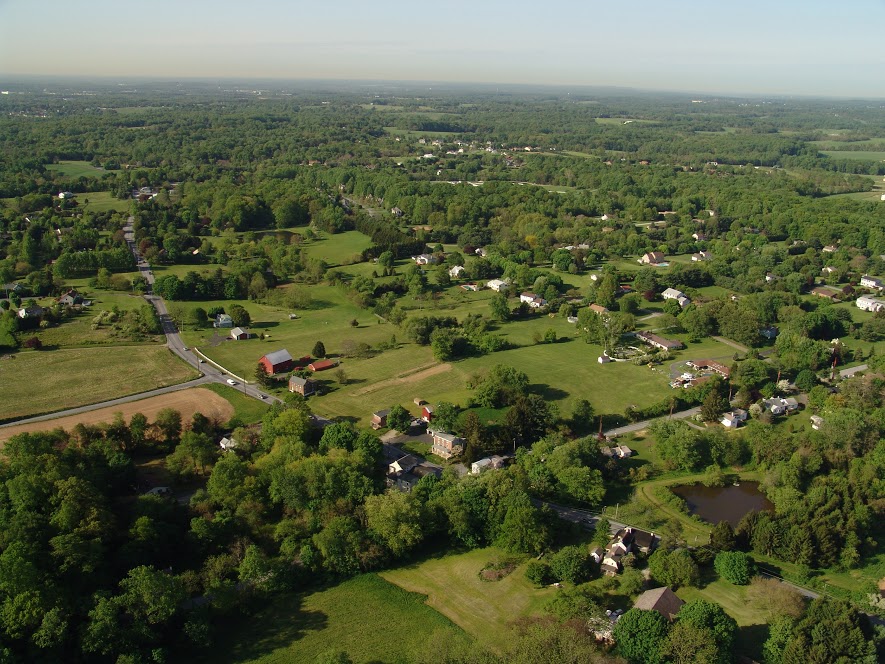
The second technique, calculated ecosystem goods and services values, are a little more difficult to estimate but are equally as powerful. The White Clay Creek watershed provides our community with certain environmental goods and services that we would otherwise have to pay to replace. For example, did you know that a conservative estimate of the value of a freshwater wetland is roughly $13,600 per acre per year? That means that each year, a single acre of wetlands provides more than $13,000 worth of goods and services that include water filtration, water storage to reduce flooding, natural habitat for birds and fish, and nutrient removal from suburban and agricultural fertilizer use. Wetlands aren’t the only natural features to provide such benefits. Farmland, forests, open water, and even urban areas benefit society economically in a variety of different ways. Combined, all ecosystem goods and services in the White Clay Creek are valued at more than $165 million per year.
Finally, the third valuation technique, jobs and wages, draws a link between nature and the economy by counting the number of jobs within the watershed that are related to the environment. Each time you rent a canoe, chat with a state park ranger, have a glass of wine or beer or even visit this website, the person on the other end of the interaction has a job (either directly or indirectly) because of the environment. Environmental industries within the White Clay Creek watershed (like eco-tourism, agriculture, fisheries, recreation, environmental nonprofits, and more) directly and indirectly employ about 25,000 people and provide more than $1 billion in annual wages.
While these dollar values are estimates, they provide simple but compelling proof that, in many ways, our economy and the environment are connected. Protecting natural resources in areas like the White Clay Creek watershed makes both environmental and financial cents. Though these dollar figures don’t tell the complete story of the White Clay Creek, it does confirm what many people already know: this is an incredibly invaluable watershed!
For more information on the University of Delaware Water Resources Agency's reports on environmental values, click here.


